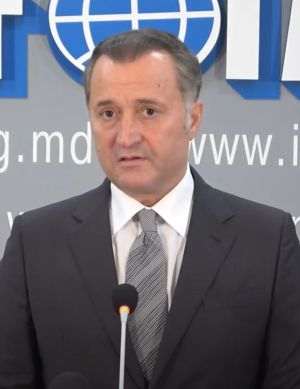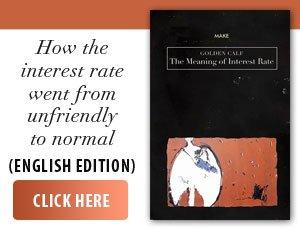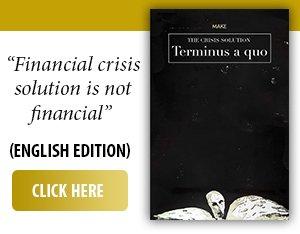The Russian economy has come to function almost exclusively through bank debt, shows a large analysis of the banking system published yesterday by the daily Kommersant, given that the Kremlin ordered that 40% of the state budget be directed to financing the war in Ukraine.
According to official data published by the Central Bank of Russia, the total volume of corporate loans reached, at the end of 2024, a record level of 87.8 trillion rubles, the equivalent of approximately 890 billion euros (at an estimated average exchange rate of 98.6 rubles for 1 euro). This is an increase of 17.9% compared to 2023 and clear proof that the Russian state keeps economic activity alive through a deeply unbalanced system, where loans take the place of resources, and banks replace the real engine of the economy.
One of the most affected categories is that of small and medium-sized enterprises, which have become completely dependent on lending to support their activities. The cited source shows that the lending trend that began in 2021, when the volume of loans granted to SMEs was 10 trillion rubles, has intensified and in three years the previous amount has increased dramatically to 17.08 trillion rubles. VTB Bank, one of the largest in Russia, granted loans to SMEs worth 3.6 trillion rubles, serving over 1.7 million small and medium-sized companies. At the national level, there are 6.4 million small and medium-sized enterprises in Russia, which provide jobs for 29.5 million people, i.e. almost 40% of the country's active population. Practically, almost half of Russia's workforce is currently artificially maintained through bank loans taken out by companies.
But the massive lending does not stop at SMEs. The Kremlin's strategic projects - be they in the field of infrastructure, heavy industry or territorial expansion - are also fueled by banks. A telling example is VTB's massive involvement in financing the construction of the Deng Xiaoping logistics center in Tatarstan, the Suhodol coal terminal, a chemical plant in Volgograd, three trawlers and residential complexes in Crimea, Moscow and St. Petersburg. All these initiatives are carried out on a debt basis and not from its own funds or sustainable private investments, which indicates a deeply vulnerable economic model. Against the backdrop of international isolation and sanctions, Russia is also developing its occupied territories in Ukraine using the same recipe: borrowed money. Since 2022, the largest Russian banks have expanded their operations in the occupied regions of Donetsk, Lugansk, Zaporozhye and Kherson. VTB has opened branches there and offers preferential loans, with interest rates up to 10% below market rates. An early loan was a 100 million rouble loan to Melitopol Cherry to rehabilitate an orchard in the Zaporozhye region, an apparently economic gesture but one with deep political symbolism.
The same reliance on loans is also evident in the development strategy for the Northern Sea Route and the Arctic region, where the Russian government wants to implement nearly 1,000 projects worth over 2 trillion roubles by 2035. Russian banks are financing virtually everything from nuclear-powered icebreakers to port modernization and support for local entrepreneurs in remote areas of the Russian Federation. These investments, although ambitious on paper, are increasingly difficult to sustain in an economic context in which the state is suffocated by military spending, and capital infusions are possible only through new and new credits.
Therefore, the Russian economy presents itself, at a declarative level, as resilient and dynamic, but in reality it functions as an artificially maintained organism, in which the circulation of money is not generated by genuine economic growth, but by a continuous flow of bank loans. Without a deep restructuring, without a significant reduction in military spending and without attracting real foreign investment, this economic model is doomed to collapse under its own weight. With a militarized state budget and an economy fueled by debt, the Russian Federation walks a thin line between appearance and bankruptcy.



















































